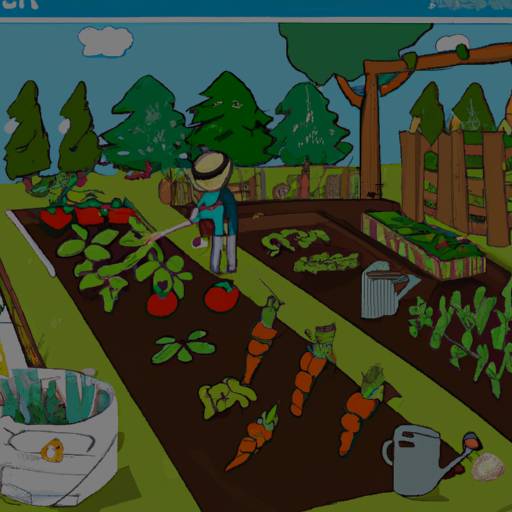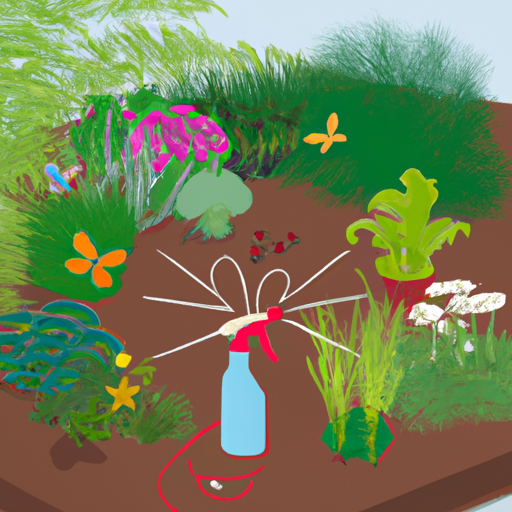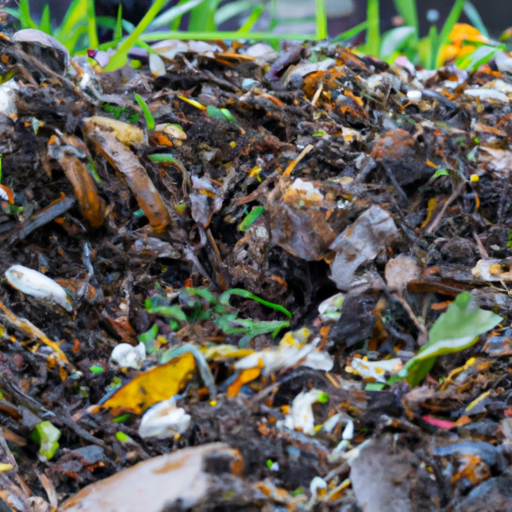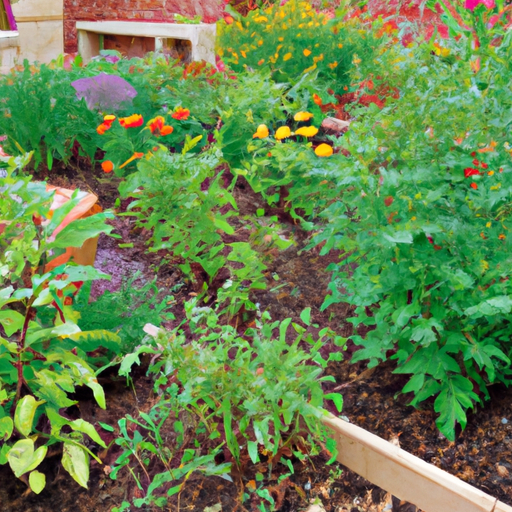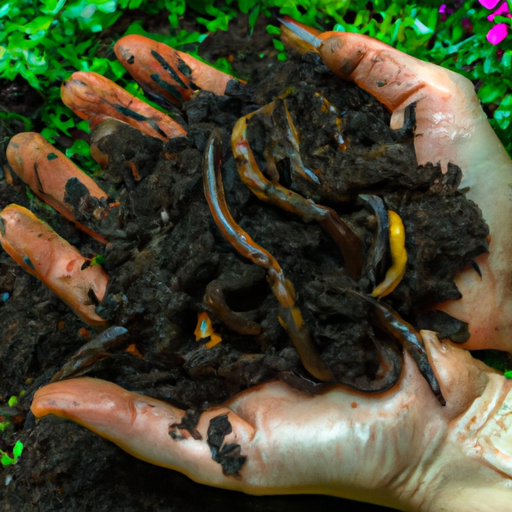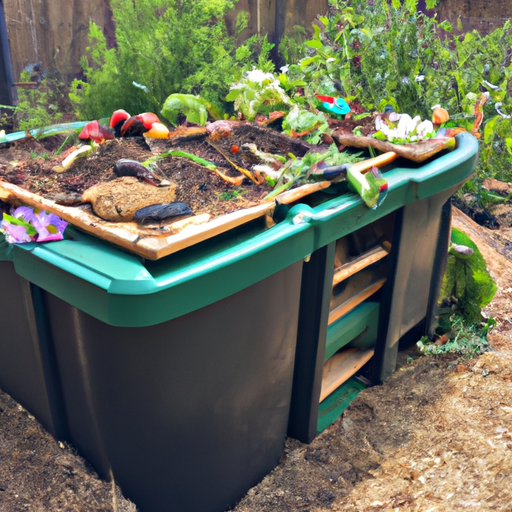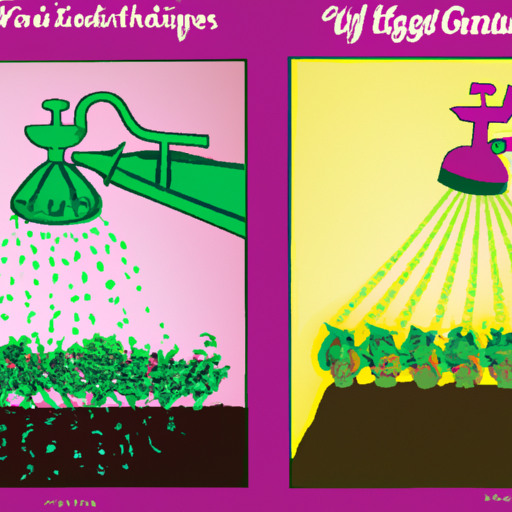As a Master Gardener, I know that proper irrigation is essential for healthy plant growth and overall garden success. An effective irrigation system can save time, money, and resources while ensuring your plants receive the right amount of water they need to thrive.
So what are the essential components of an effective irrigation system? In this article, we will explore the key elements you need to consider when designing or updating your watering setup.
From choosing the right types of sprinklers to controlling water flow with valves and timers, understanding these crucial components will help you achieve a lush and thriving garden all season long.
Let’s dive in!
Types Of Sprinklers: Choosing The Right One For Your Garden
Imagine walking through your garden on a hot summer day, surrounded by lush greenery and blooming flowers. The only thing missing is the sound of water splashing around you.
To keep your garden healthy, regular watering is essential. And what better way to achieve that than with an irrigation system? However, choosing the right sprinkler for your garden can be overwhelming.
With rainwater harvesting gaining popularity due to its benefits in reducing irrigation system installation cost, it’s important to consider the type of sprinkler that will work best for your needs. As a Master Gardener, I recommend assessing factors such as soil type, plant layout, and water pressure before making a decision.
Keep reading to learn more about the different types of sprinklers available and how they can benefit your garden without breaking the bank.
Evaluating Your Water Source And Pressure
Before setting up your irrigation system, it is essential to evaluate the quality of water available in your area. This will help you determine if additional filtration or treatment is necessary before using it for irrigation purposes.
A water quality assessment can be done by sending a sample to a testing laboratory or consulting with local authorities. Once you have determined that the water source is suitable for use, regulating pressure becomes vital to ensure optimal performance and reduce waste.
Pressure regulation strategies such as installing pressure regulators and valves can maintain consistent flow rates and prevent damage to pipes and sprinkler heads. By evaluating your water source and implementing proper pressure regulation techniques, you can maximize the effectiveness of your irrigation system while conserving resources.
Installing Valves And Timers For Precise Control
After evaluating your water source and pressure, it’s time to move on to the next step of installing valves and timers for precise control in your irrigation system.
Let’s say you have a large garden with different types of plants requiring varying amounts of water. With proper valve placement, you can create zones that cater to each plant’s needs, ensuring efficient watering while reducing water waste.
Additionally, timer programming allows you to set specific schedules for each zone, ensuring consistent watering even when you’re away from home or unable to tend to your garden regularly.
By incorporating these essential components into your irrigation system, not only will you save time and effort but also conserve water resources while promoting healthy growth in your plants.
Maintenance And Troubleshooting Tips
Maintaining an irrigation system is crucial to its longevity and effectiveness. While regular maintenance may seem daunting, it can prevent common issues such as clogged nozzles or damaged pipes that may lead to expensive repairs in the future.
To ensure a well-functioning irrigation system, here are some cost-effective solutions for troubleshooting:
– Check for leaks: Leaks not only waste water but also reduce the efficiency of your irrigation system. Inspect all pipes, valves, and fittings regularly for any visible signs of leakage.
– Use Teflon tape: If you notice any dripping from threaded connections, wrap them with Teflon tape and tighten the connection.
– Clean the nozzles: Dirty or clogged nozzles can affect coverage and distribution patterns. Remove and clean each nozzle at least once a year.
– Soak in vinegar solution: A simple soak in vinegar solution (1 part vinegar to 3 parts water) can dissolve mineral buildup and clear obstructions.
By following these tips, you can save time and money while ensuring your irrigation system operates smoothly throughout the growing season. Remember to always prioritize preventative measures over reactive ones – small investments in maintenance can go a long way towards keeping your garden flourishing.
Maximizing Efficiency With Drip Irrigation Systems
As we discussed in the previous section, maintaining and troubleshooting an irrigation system is crucial to ensure its effectiveness.
Now, let’s delve into maximizing efficiency with drip irrigation systems.
Imagine a garden where every drop of water counts towards nurturing healthy plants and conserving precious resources.
With drip irrigation, this scenario becomes a reality.
As Master Gardeners, we understand that water conservation techniques are not only important for the environment but also for our wallets.
Drip irrigation allows for targeted watering directly at plant roots while minimizing evaporation and runoff, resulting in up to 50% less water usage compared to traditional sprinkler systems.
Additionally, it provides cost-effective solutions by reducing the need for expensive pumps and valves while requiring minimal maintenance.
By incorporating a drip irrigation system into your gardening routine, you can save both money and resources while promoting healthier plants.
Frequently Asked Questions
How Much Water Should Be Applied During Each Irrigation Session?
When it comes to watering your plants, the amount of water applied during each irrigation session is crucial.
The frequency at which you should be watering will depend on soil moisture levels and other factors such as climate and plant type.
It’s important not to overwater or underwater your plants as both can lead to problems like root rot or stunted growth.
As a Master Gardener, I recommend regularly checking soil moisture levels with a simple finger test before deciding how much water to apply during each irrigation session.
Remember that different plants have varying water needs, so make sure to research their specific requirements for optimal growth and health.
What Are The Best Times Of Day To Water Plants Using An Irrigation System?
When it comes to watering plants using an irrigation system, timing is critical.
The best times of day to water are early in the morning or late in the evening when temperatures are cooler and there is less evaporation.
This allows for maximum absorption by the plant’s roots without wasting water through runoff or evaporation.
It’s important to avoid watering during the hottest parts of the day as this can cause stress on your plants and lead to increased water usage.
By sticking to a schedule that includes early morning or evening watering, you’ll ensure your plants receive the right amount of moisture while conserving water at the same time.
Can An Irrigation System Be Used To Fertilize Plants As Well?
Wondering if your irrigation system can do more than just water plants? Well, the answer is yes!
With fertilizer compatibility and nutrient delivery systems available, you can easily turn your irrigation system into a multi-tasking tool. Fertilizer compatibility ensures that nutrients are delivered to the plant in the most efficient way possible, giving them exactly what they need when they need it.
The key to success is choosing the right type of fertilizer and making sure that it’s compatible with your irrigation system. If done correctly, this combination can boost plant growth and keep your garden looking lush all season long.
As a Master Gardener, I highly recommend exploring this option for maximum efficiency and healthy plant growth.
What Are The Advantages And Disadvantages Of Using Above-Ground Versus Underground Irrigation Systems?
When it comes to irrigation systems, there are two main types: above-ground and underground.
Both have their advantages and disadvantages.
Above-ground systems tend to be less expensive upfront and easier to install, but they require more maintenance in the long run.
Underground systems can be more costly initially, but they offer a cleaner look for your garden and require less upkeep over time.
Ultimately, the decision between these two options will depend on your budget and personal preferences.
However, keep in mind that when considering cost comparison, you should also factor in long-term maintenance requirements as well!
As a Master Gardener, I would recommend doing thorough research before making any investment into an irrigation system for your garden.
How Can I Adjust The Irrigation System To Accommodate Changes In Plant Growth Or Weather Conditions?
As a Master Gardener, one of the most important things to consider when designing an irrigation system is adjusting the schedule based on changes in plant growth or weather conditions.
By being aware of each individual plant’s water requirements and monitoring for any signs of stress, adjustments can be made to ensure optimal health and growth.
For example, during hot spells, plants may require more frequent watering than during cooler periods.
It’s also important to regularly check the irrigation system itself for any leaks or malfunctions that could affect its efficiency.
With these considerations in mind, your garden will thrive with a well-adjusted and effective irrigation system tailored to your specific plant needs.
Conclusion
In conclusion, an effective irrigation system is essential for maintaining healthy and thriving plants.
It is important to determine how much water should be applied during each irrigation session in order to avoid over or under watering.
The best times of day to water using an irrigation system are early morning or late evening when the sun’s heat is not as intense.
Additionally, some irrigation systems can also be used for fertilizing plants, providing extra nutrients that will lead to increased growth and health.
When choosing between above-ground and underground systems, it is important to consider factors such as cost, efficiency, and aesthetic appeal.
As a Master Gardener, I cannot stress enough how crucial it is to adjust your irrigation system regularly based on changes in plant growth or weather conditions.
With proper care and attention, your plants will flourish like never before!
So go ahead – take the plunge and invest in an effective irrigation system today.
Your garden (and your sanity) will thank you!
